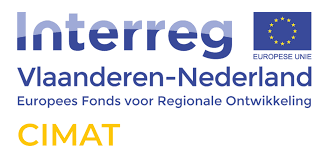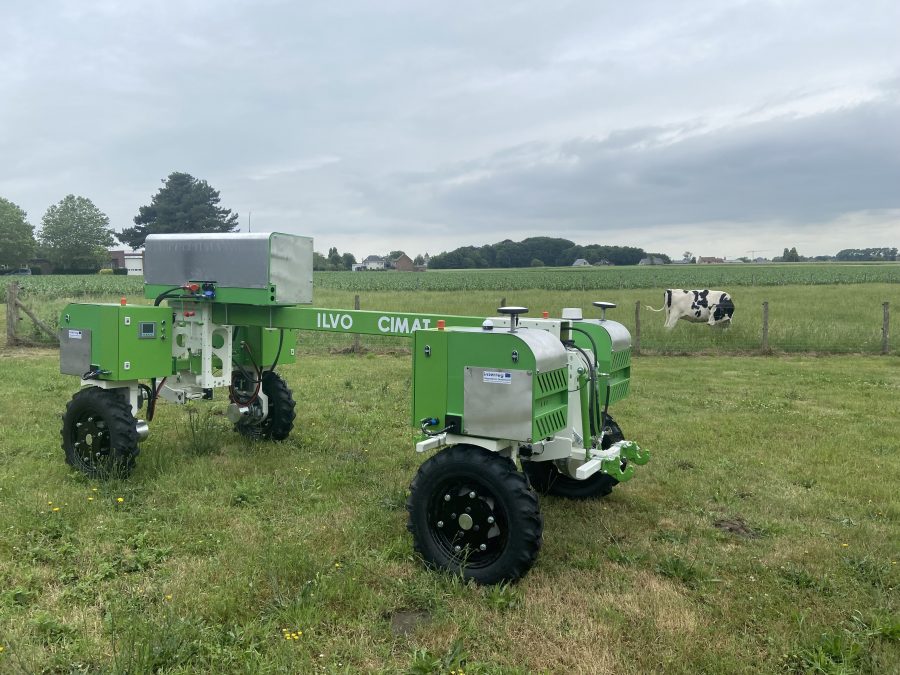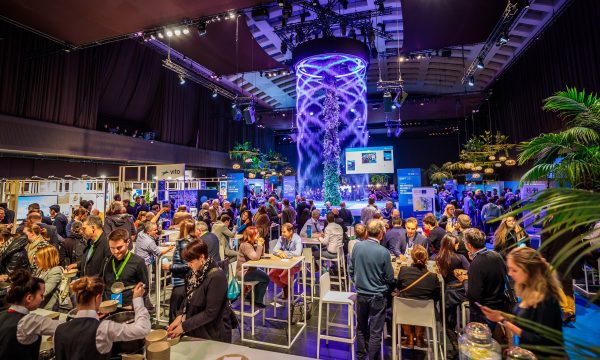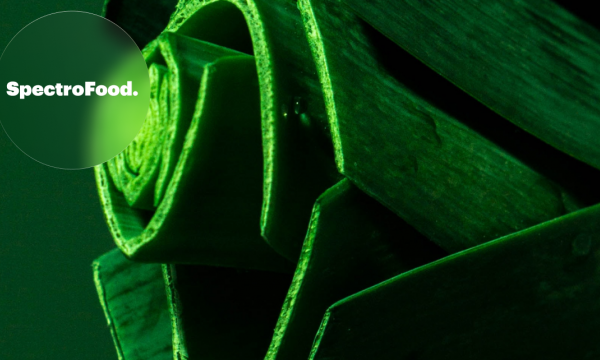Project news A robot in the field? Co-creation should lead to autonomous crop operations

A thoroughly tested prototype of an autonomous agricultural vehicle: that is the ambitious goal of Interreg project CIMAT. Thanks to thorough innovation and co-creation, the device should contribute to labor savings, ease of use, soil quality and perhaps even yield.

Spurring innovation on
Today, there is a lot going on around automation of agricultural machinery: large machine manufacturers and small innovative companies are trying to give farmers as much comfort as possible when working the land. Through the use of robots, certain labor-intensive tasks can be automated, which also has a positive impact on soil quality and a possible yield gain. To promote the technological progress of European machine manufacturers and innovative companies in this direction, the European project CIMAT - Catalyst for Innovative Mechatronics in Agricultural Technology - was created. In addition to technological innovation, the project also focuses on integrating the needs of end users and creating support among farmers so that these innovations, which have yet to prove their worth, can be put into practice.
Autonomy
Specifically, research will be conducted to further increase the autonomy of agricultural machinery through the deployment of (semi-) autonomous field robots. By working together with research institutions, innovative companies and farmers, we want to give an impetus to a total solution for autonomous vehicles in agriculture. A total solution that embraces technology and innovation, but also meets the needs of the user. Therefore, in the initial phase, the requirements of autonomous agricultural machines are mapped out. With this as a starting point, ILVO, the Living Lab Agrifood Technology and partners will start developing a prototype of a robot. This device will have to endure several field tests in order to map the strengths and shortcomings of the design and to improve it. These results will be fed back to the end user. Farmers will be able to communicate their feedback on the prototype with which the requirements of the machine will be adjusted. After this, the development process will be run again. In an iterative, co-creative way, we hope to develop an autonomous robot that offers added value in the field.
Project: CIMAT
Term: 2019-2022
Funding: Interreg Vlaanderen - Nederland
Partners: KU Leuven, Inagro, Provincie Vlaams-Brabant, Delphy, Stichting ter exploitatie Proefhoeve ‘Rusthoeve’, Octinion, Vanhoucke Machine Engineering, University College Roosevelt, Compas Agro, PCFruit


